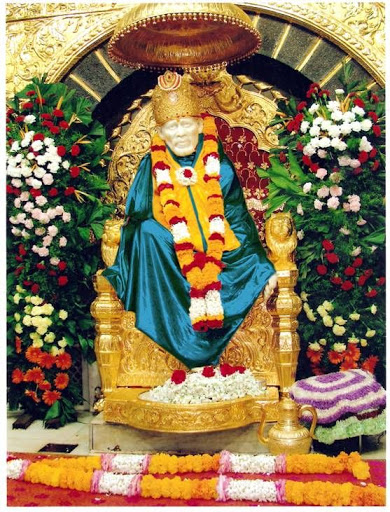Mandir Timings
| All Days | 04:00 AM - 11:15 PM |
Arati Timings
| Day Kakad Arati Madhyahn Arati Dhup Arati Sej Arati | All Days 04:30 AM 12:00 PM Sunset 10:30 PM |

| All Days | 04:00 AM - 11:15 PM |
| Day Kakad Arati Madhyahn Arati Dhup Arati Sej Arati | All Days 04:30 AM 12:00 PM Sunset 10:30 PM |
No comments:
Post a Comment